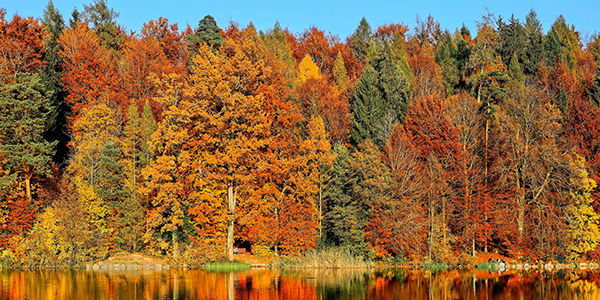It is autumn in Colorado, a magical time for the outdoors. The leaves have already begun to change colors and fall from branches. Though this is a beautiful sight for us, did you know that some fall leaves can be harmful to horses? Continue reading to find out which trees have dangerous fall leaves for horses. Also, if you are looking for a horse property for sale in Colorado, contact Colorado Horse Property today and speak with one of our horse-person realtors.
Fall Leaves that are Dangerous for Horses
The first on our list of dangerous fall leaves is the Red Maple. Ingestion of one and a half pounds is toxic. Ingestion of three pounds or more is fatal. If you have a red maple on your property make sure your horse can’t graze near it. Eastern Black walnut is also toxic to horses. Unfortunately these are sometimes used as shavings in horse-stall bedding. Therefore, be careful when sourcing your stalls floor bedding. Signs of black walnut toxicity include laminitis, reluctance to move, increased temperature and heart rate, difficulty breathing, digital pulse, limb edema, and increased gut sounds.
Certain Oak trees can be toxic to horses. Remember to keep horses out of areas where wilted oak leaves and acorns fall. This type of foliage contains tannic acid which causes kidney damage and gastroenteritis. Symptoms of poisoning include lack of appetite, depression, constipation, and colic. Did you know that cherry and plum trees have cyanide-containing compounds. It is found in leaves, fruit, and pits of the trees. Though the fruits are not toxic to humans, they can be fatal to horses in large quantities. If your horse has been exposed to any of the toxic foliage discussed here, make sure to contact your vet immediately for treatment.

